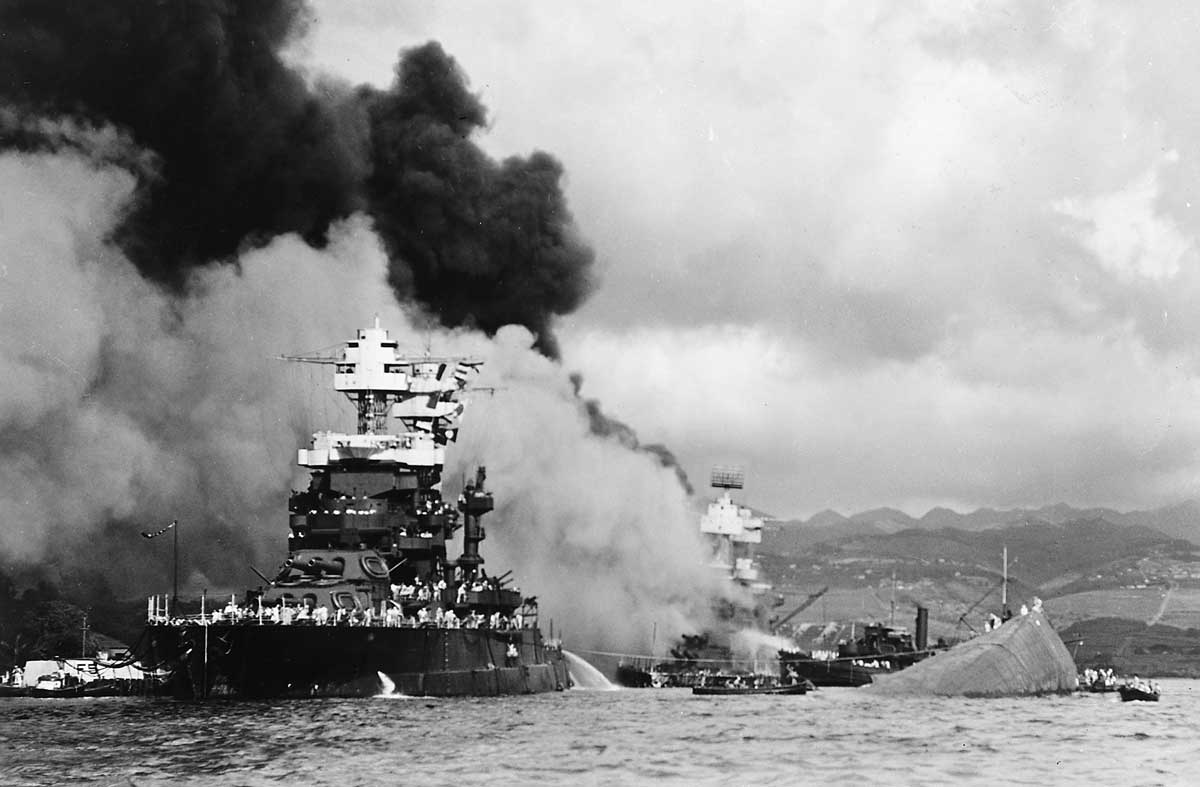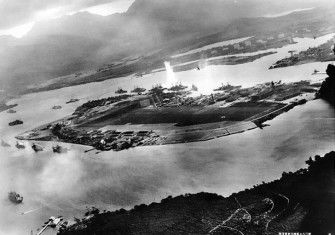Did Pearl Harbor Cost the Axis Powers the Second World War?
Four historians consider the consequences of the ‘Day of Infamy’ on 7 December 1941, and whether it was the ultimate reason for Germany, Italy and Japan’s defeat.

‘The attack would signal the beginning of the end of Japan’s empire in Asia and the Pacific’
Satona Suzuki, Lecturer in Japanese and Modern Japanese History at SOAS, University of London
On 7 December 1941 Japan launched a surprise attack on the naval base of Pearl Harbor in Honolulu, Hawaii, triggering war with the US. Japan had, until that point, avoided conflict with the US, but lacked a united strategy due to a severe lack of communication between its government, army and navy, which each had different agendas. The Japanese government strove to avoid war through diplomatic channels, while the army was keen to fight the Soviet Union, its hypothetical enemy. The navy, which had been criticised as ‘useless’ since the London Naval Treaty of 1930 – an agreement between the United Kingdom, the US, Japan, France and Italy to regulate naval warfare and limit shipbuilding – advocated war with the US in order to restore its raison d’être. This proved the outcome, despite Japan being far inferior to the US in terms of national strength, natural resources and production capacity.







